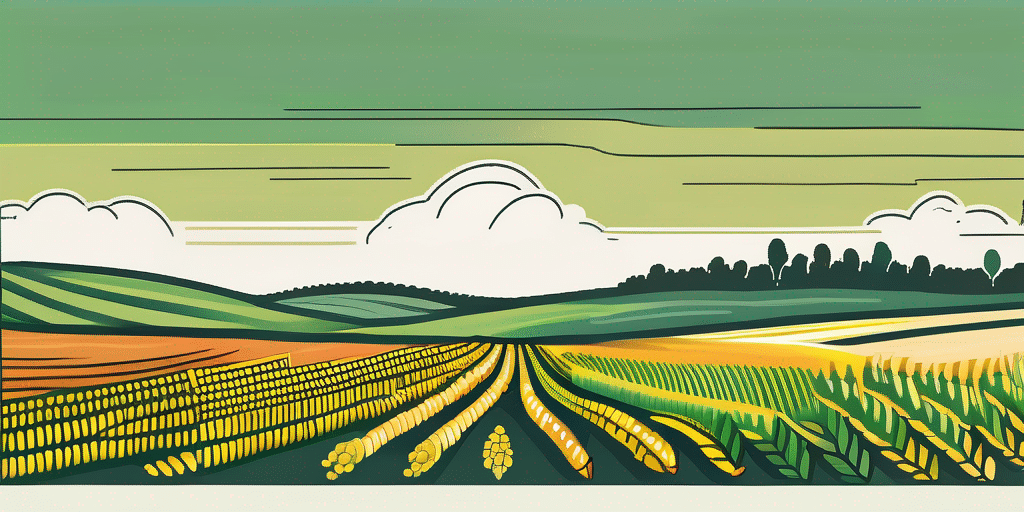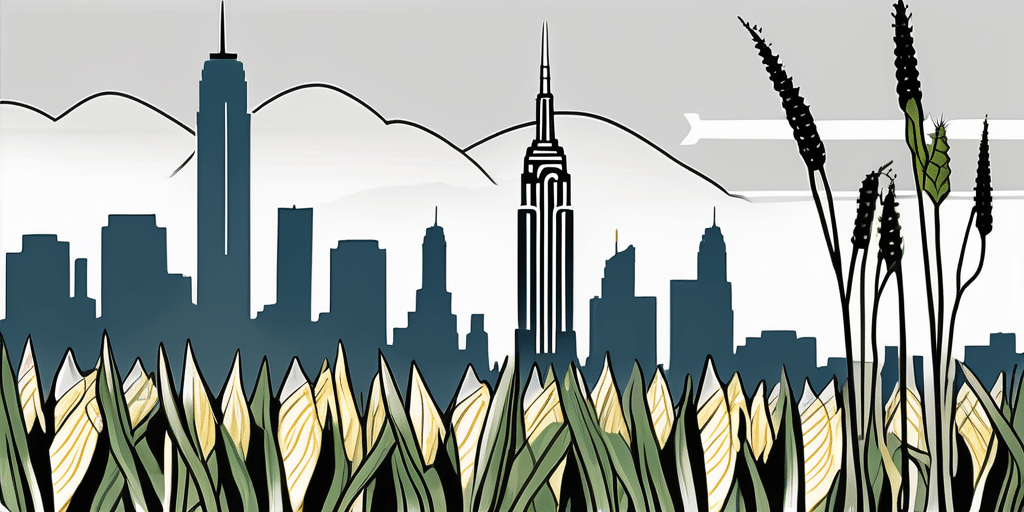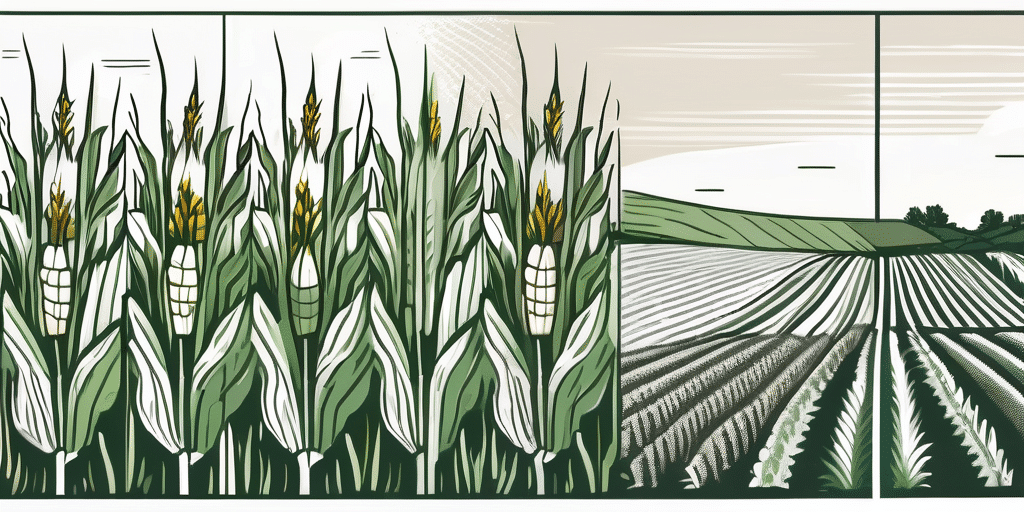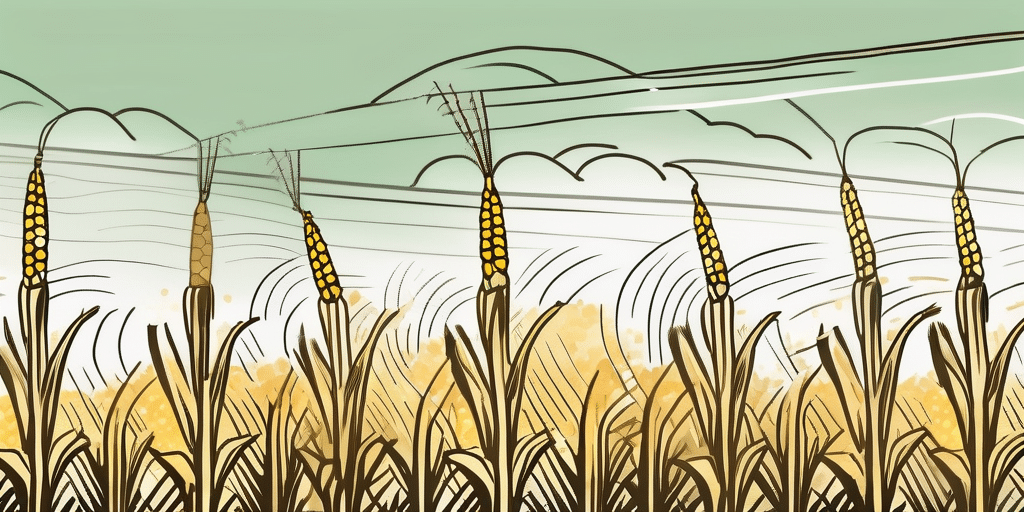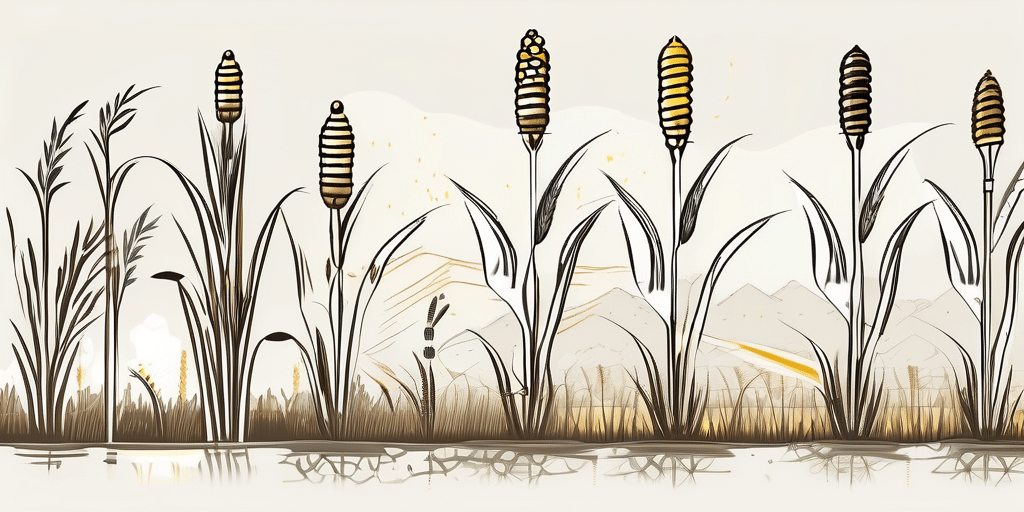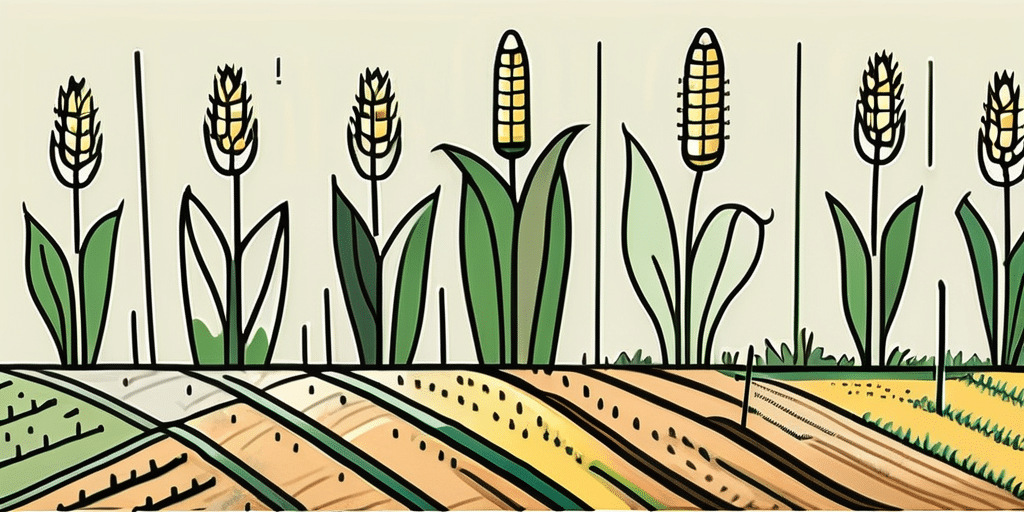Corn is a versatile and delicious vegetable that grows well in many parts of the country, including the great state of Oklahoma. If you have ever tasted fresh, homegrown corn, you know just how incredible it can be. In this article, we will explore everything you need to know about growing incredible corn in Oklahoma, from when to plant to how to harvest it.
Climate & Hardiness Zones in Oklahoma
Oklahoma’s climate varies across the state, with the eastern and central regions experiencing a humid subtropical climate, characterized by hot summers and mild winters, while the western region has a semi-arid climate with hot summers and cold winters. The state is also prone to severe weather events such as tornadoes and thunderstorms, which can impact agricultural practices and crop yields.
Understanding your local climate and hardiness zone is crucial to successful corn cultivation in Oklahoma. The state falls into USDA hardiness zones 6 and 7, which are ideal for growing corn. Corn is a warm-season crop that thrives in full sun and well-drained soil. Farmers in Oklahoma typically plant corn in the spring after the last frost date and harvest it in the late summer or early fall.
When to Plant Incredible Corn in Oklahoma
Timing is everything when it comes to planting corn in Oklahoma. The best time to plant incredible corn is in late spring when the soil temperature reaches at least 50°F (10°C). Planting too early can result in poor germination, while planting too late may mean a shorter growing season and lower yield.
According to the Oklahoma State University Extension, the recommended planting dates for corn in different parts of Oklahoma are as follows:
- Central Oklahoma: Mid-April to early May
- Eastern Oklahoma: Late April to mid-May
- Western Oklahoma: Late April to early May
Keep in mind that these dates are general guidelines, and you should always monitor soil temperature and weather conditions.
When preparing to plant incredible corn in Oklahoma, it’s essential to consider the soil quality. Corn thrives in well-drained, fertile soil with a slightly acidic to neutral pH level. Conducting a soil test can help determine if any amendments are needed to optimize the soil for corn production.
Additionally, selecting the right corn variety is crucial for a successful harvest in Oklahoma. Factors to consider when choosing a corn variety include the length of the growing season, disease resistance, and yield potential. Consult with local agricultural experts or extension offices to identify the best corn varieties suited for the specific growing conditions in your area.
How to Plant Incredible Corn
Now that you know when to plant, let’s discuss how to plant incredible corn in Oklahoma. Follow these steps for a successful corn crop:
- Prepare the soil: Start by preparing the soil in advance. Clear the planting area of any debris and weeds. Loosen the soil to a depth of at least 8-12 inches. This will ensure that the roots have enough room to grow and access the necessary nutrients. Additionally, consider adding organic matter, such as compost or well-rotted manure, to improve soil fertility and structure.
- Choose the right variety: Select a corn variety that is well-suited to your region and growing conditions. Consider factors such as disease resistance, maturity time, and taste. Oklahoma has a diverse climate, so it’s important to choose a variety that can withstand the hot summers and occasional droughts. Some popular varieties for Oklahoma include ‘Pioneer 1543’ and ‘DeKalb DKC62-08’.
- Plant the seeds: Plant corn seeds 1-1.5 inches deep and 8-12 inches apart. Space rows about 30-36 inches apart to allow for proper growth and pollination. For optimal pollination, plant corn in multiple rows instead of a single row. This will help in cross-pollination, which is essential for the development of full ears. Remember to plant the seeds in a sunny area, as corn requires at least 6-8 hours of direct sunlight per day.
- Provide adequate water: Corn requires regular watering, especially during dry spells. Aim for about 1 inch of water per week, either through rainfall or irrigation. Avoid overwatering, as it can lead to diseases. To ensure efficient water usage, consider using drip irrigation or soaker hoses that deliver water directly to the root zone. This will minimize water loss due to evaporation and ensure that the plants receive the moisture they need.
- Fertilize as needed: Conduct a soil test to determine nutrient deficiencies and apply fertilizers accordingly. Generally, corn benefits from nitrogen-rich fertilizers. Consult your local agricultural extension office for specific recommendations based on your soil test results. It’s important to fertilize at the right time to avoid nutrient imbalances and promote healthy growth. Consider side-dressing the corn with nitrogen fertilizer when the plants are about knee-high.
- Control weeds and pests: Keep the cornfield weed-free by regular cultivation or mulching. Weeds compete with corn for nutrients, water, and sunlight, so it’s crucial to stay on top of weed control. Mulching with organic materials, such as straw or wood chips, can help suppress weed growth and conserve soil moisture. Additionally, monitor for pests such as corn borers, earworms, and armyworms. These pests can cause significant damage to the corn crop. Use organic or chemical controls as necessary, following recommended guidelines to minimize harm to beneficial insects and the environment.
By following these steps, you’ll be well on your way to growing incredible corn in Oklahoma. Remember, successful corn cultivation requires attention to detail and regular monitoring. Happy planting!
When to Harvest or Pick Incredible Corn in Oklahoma
Harvesting corn at the right time ensures optimal taste and texture. In Oklahoma, incredible corn is typically ready for harvest 75-85 days after planting, but this may vary depending on the variety and growing conditions. Here are some signs to look out for:
- Ear appearance: The ears should be well-filled with plump kernels. The husks should be green and tight, with fresh silk emerging at the tip.
- Silk color: The silk should be brown and dry, with no sign of greenness.
- Kernel milk stage: Gently peel back the husk and puncture a kernel with your thumbnail. If a milky liquid spurts out, the corn is ready for harvest. If the liquid is clear, the corn needs more time.
Harvest corn by grasping the ear firmly and pulling it downward. Twist the ear to detach it from the stalk. Immediately after harvest, cook or refrigerate the corn to preserve its sweetness.
Frequently Asked Questions
Here are some common questions about growing incredible corn in Oklahoma:
- Can I grow corn in containers? While it’s possible to grow corn in containers, it is not ideal. Corn is a large plant that requires ample space and nutrients. If you have limited garden space, consider growing a dwarf or miniature variety.
- How can I protect my corn from pests? There are several methods to protect corn from pests, including using row covers, applying organic insecticides, planting trap crops, and practicing crop rotation. Monitor your corn regularly for signs of pests and take action promptly.
- What are some delicious corn recipes from Oklahoma? Oklahoma is known for its delicious corn dishes. Some popular recipes include cornbread, corn casserole, roasted corn salad, and corn on the cob with flavored butter. Get creative and enjoy the bounty of your homegrown corn!
Growing incredible corn in Oklahoma can be a rewarding experience. With the right timing, care, and a little bit of luck, you’ll soon be enjoying the taste of freshly harvested corn straight from your garden. So roll up your sleeves, grab your gardening tools, and get ready to grow incredible corn in the Sooner State!
Join the How to Grow Everything Community
Ready to take your gardening skills to the next level? Subscribe for free to How to Grow Everything and learn how to build the garden of your dreams! Receive personalized gardening advice tailored to your Oklahoma grow zone, experience level, and interests. Our family is committed to helping you cultivate the best garden without any spam or tricks—just the finest gardening tips and exclusive deals delivered straight to your inbox. Join thousands of others who are already enjoying our free, customized growing and gardening articles. Let’s grow incredible corn and more, together!

